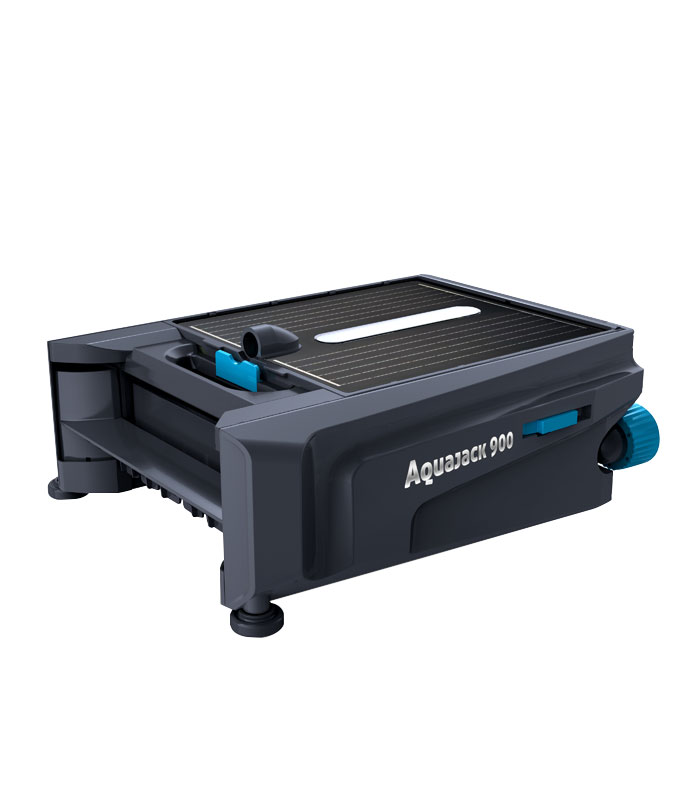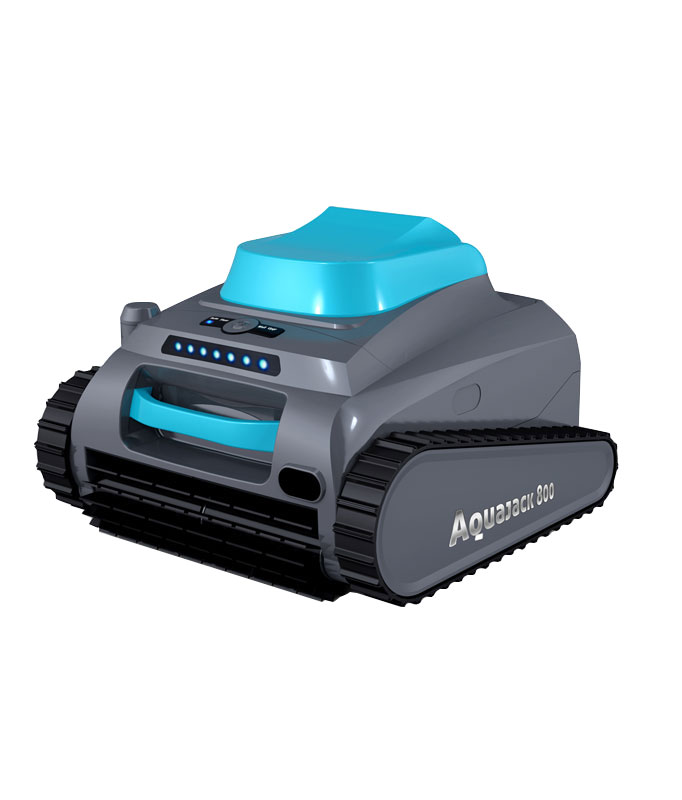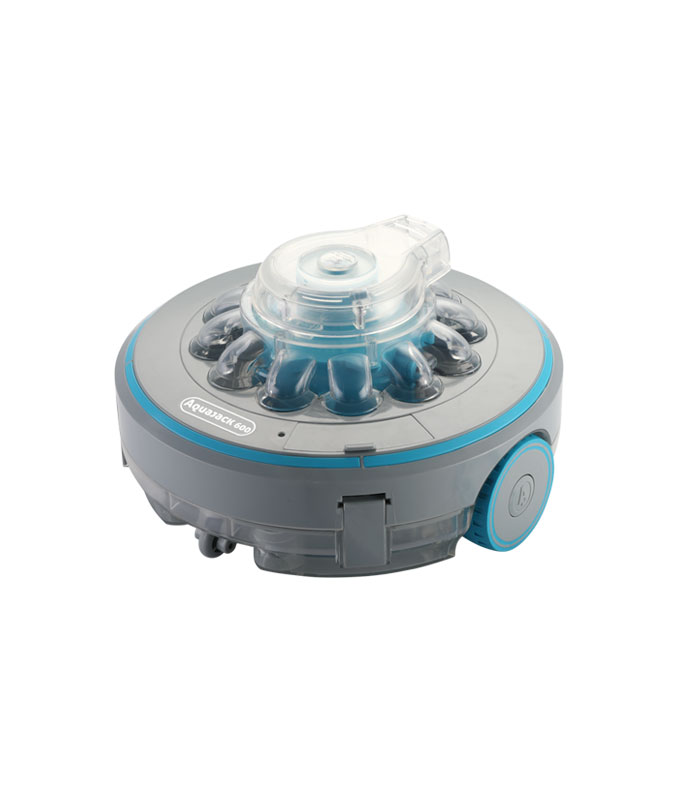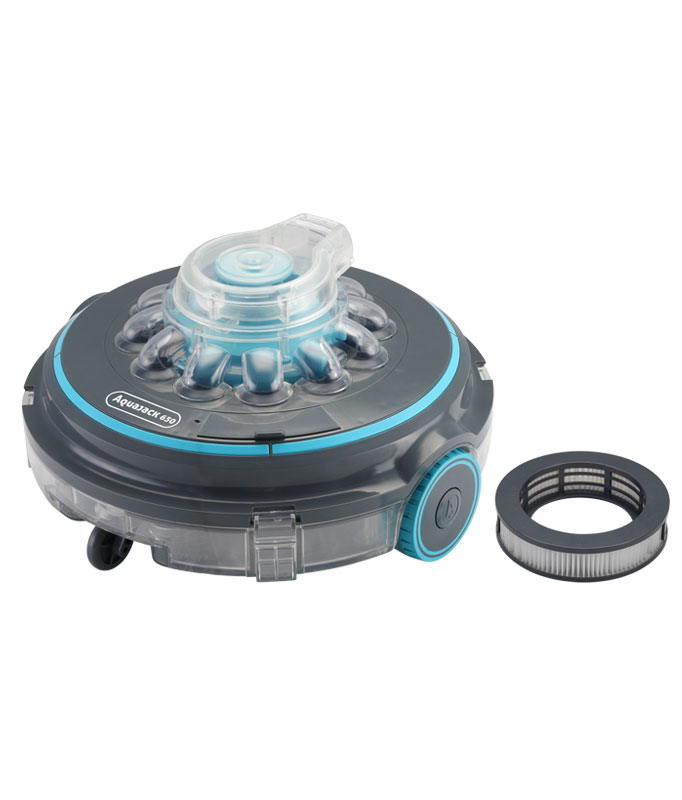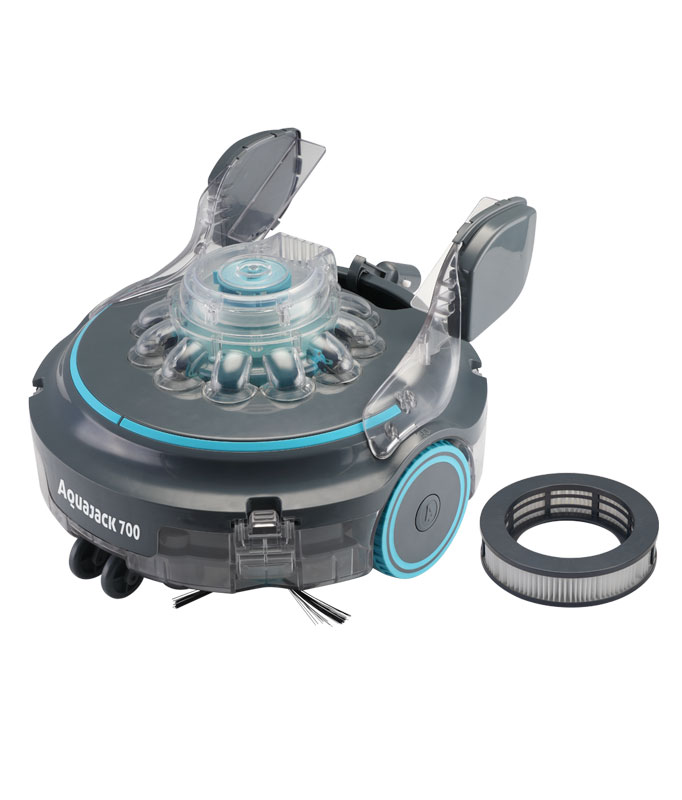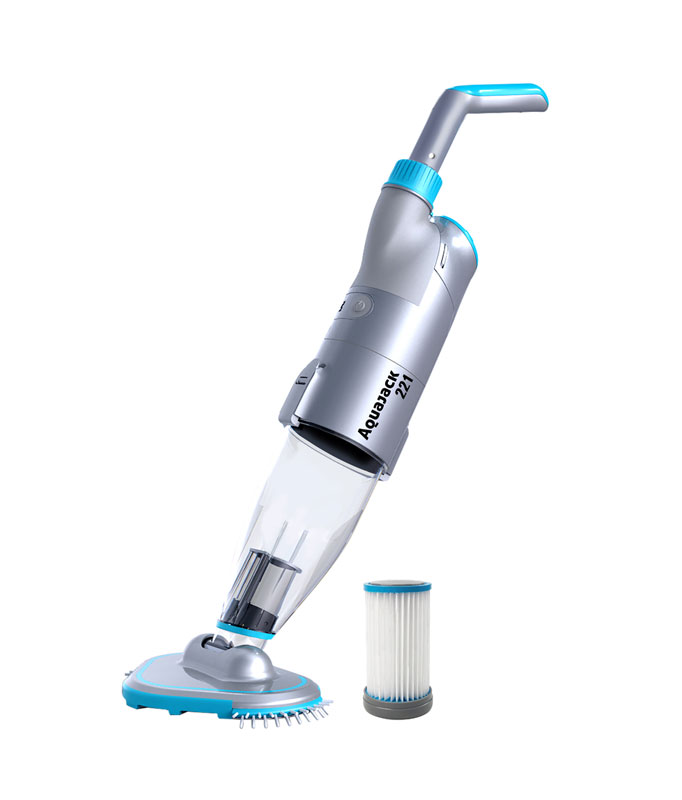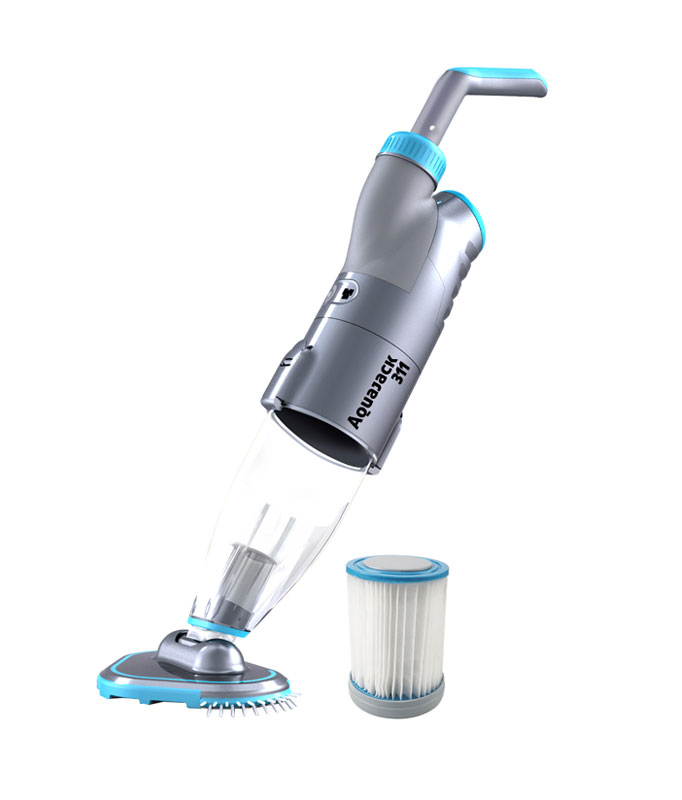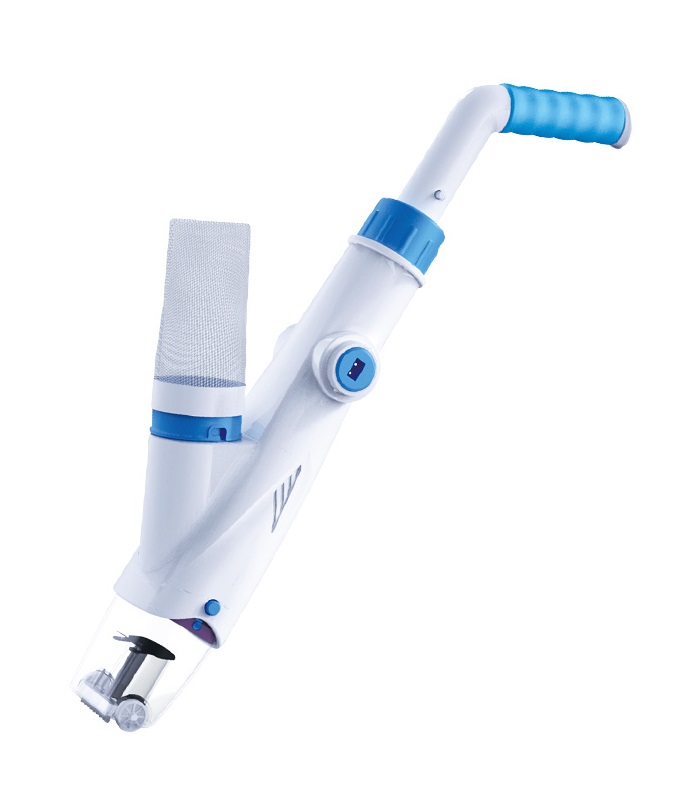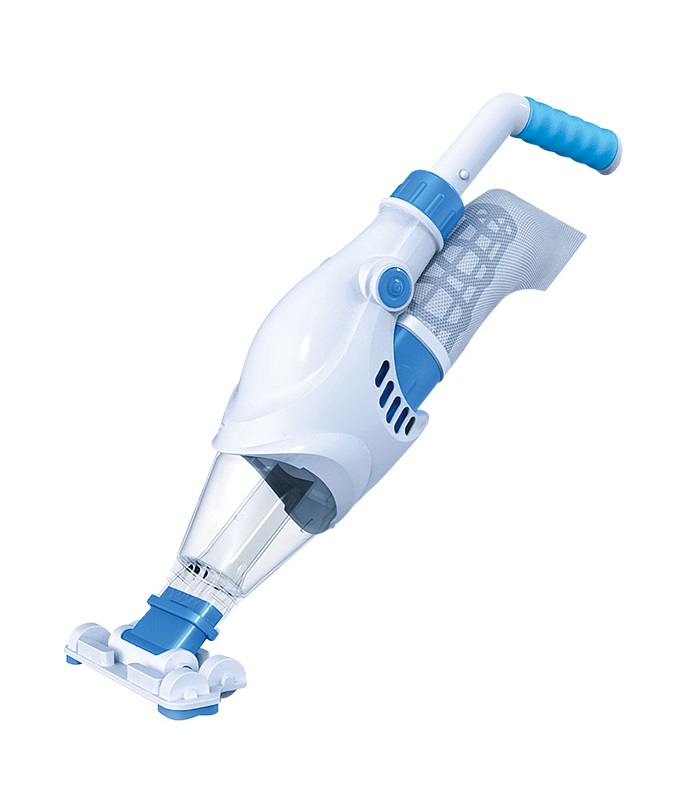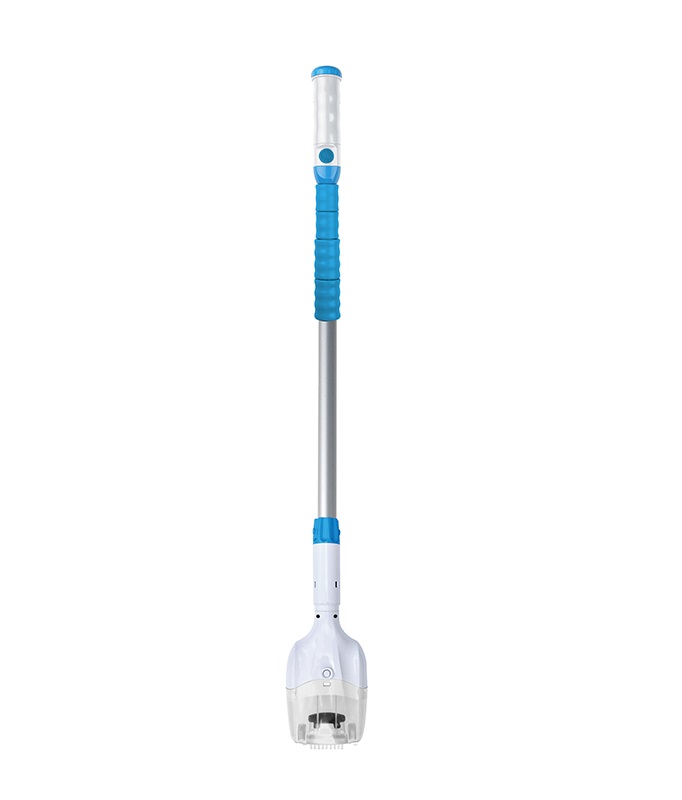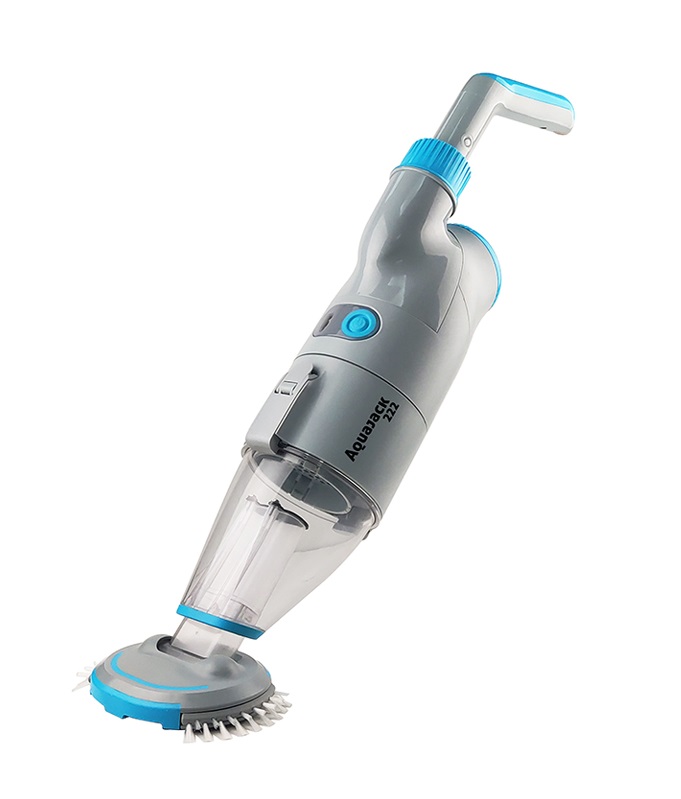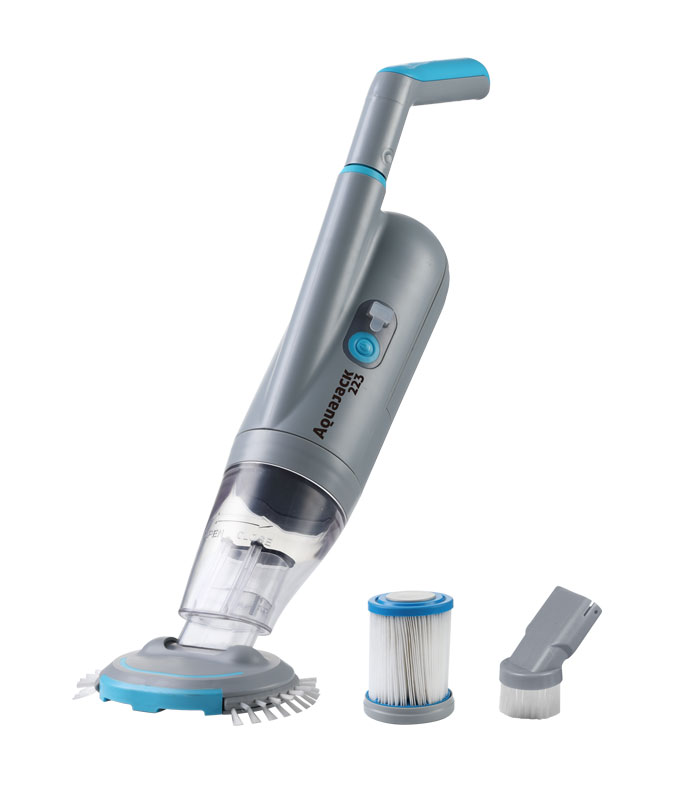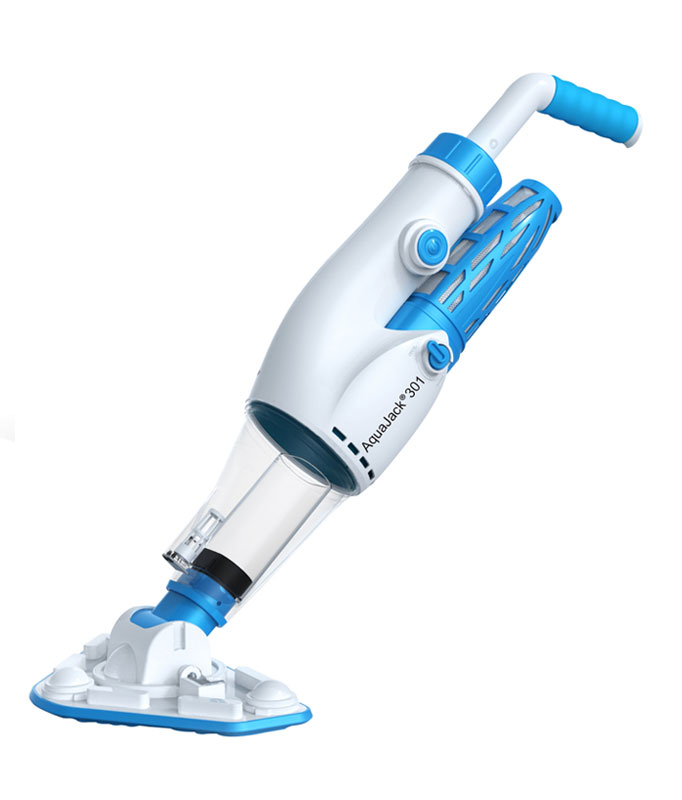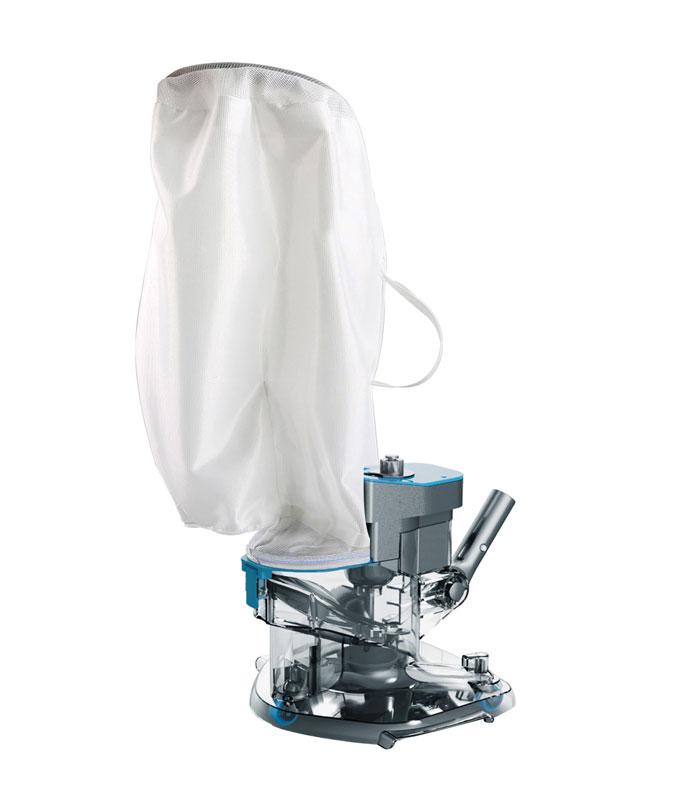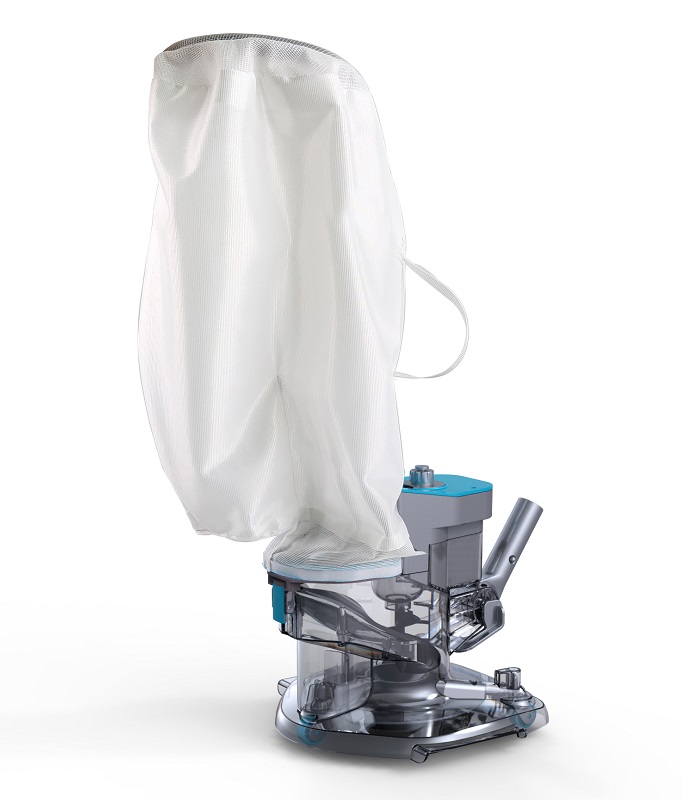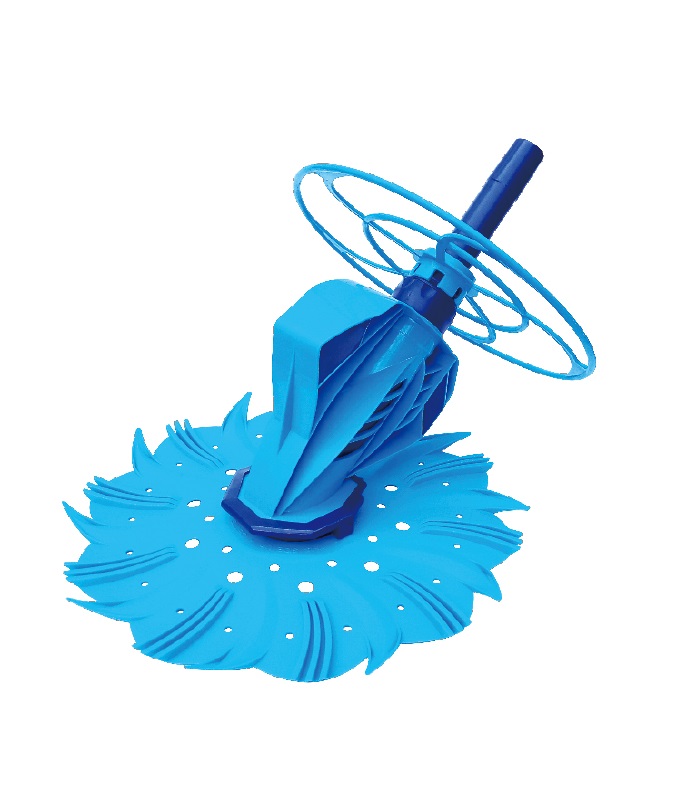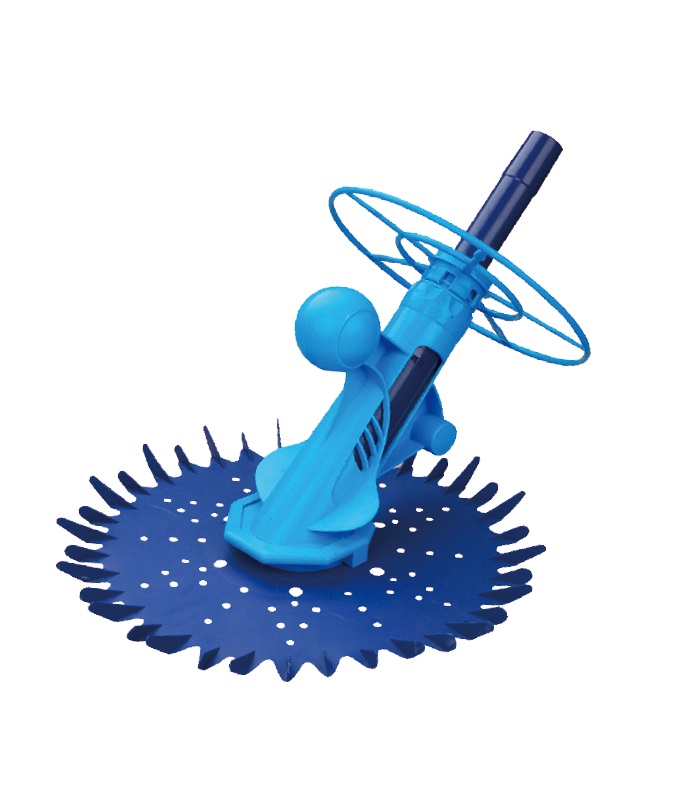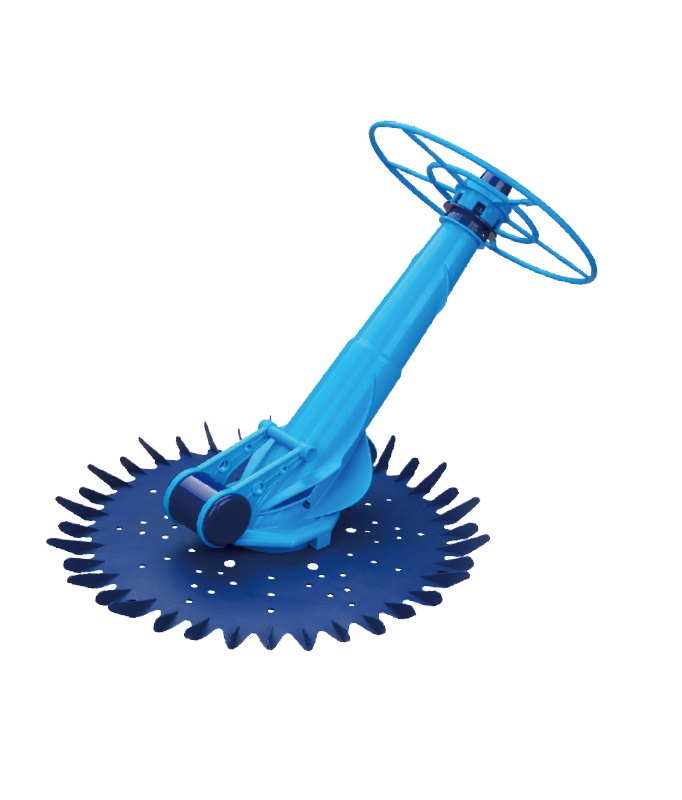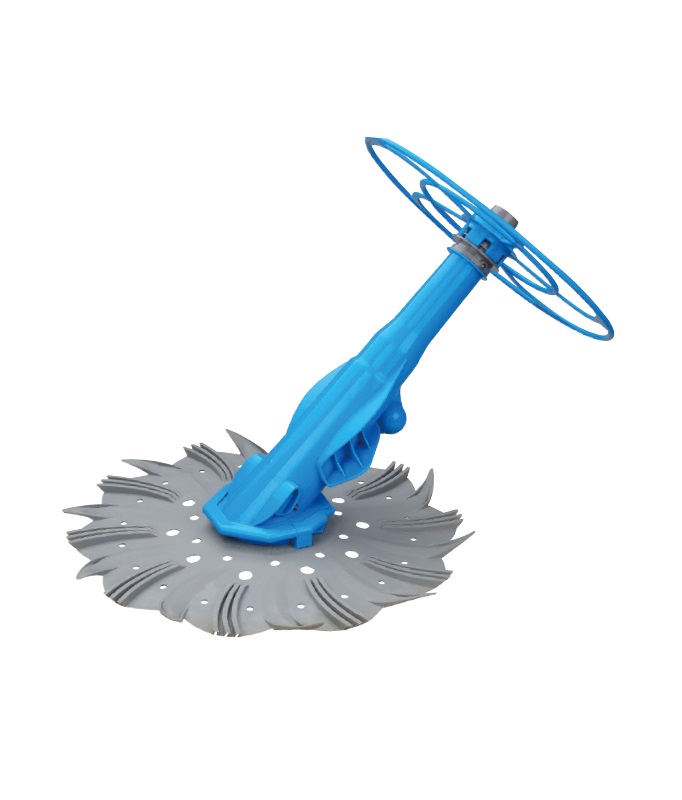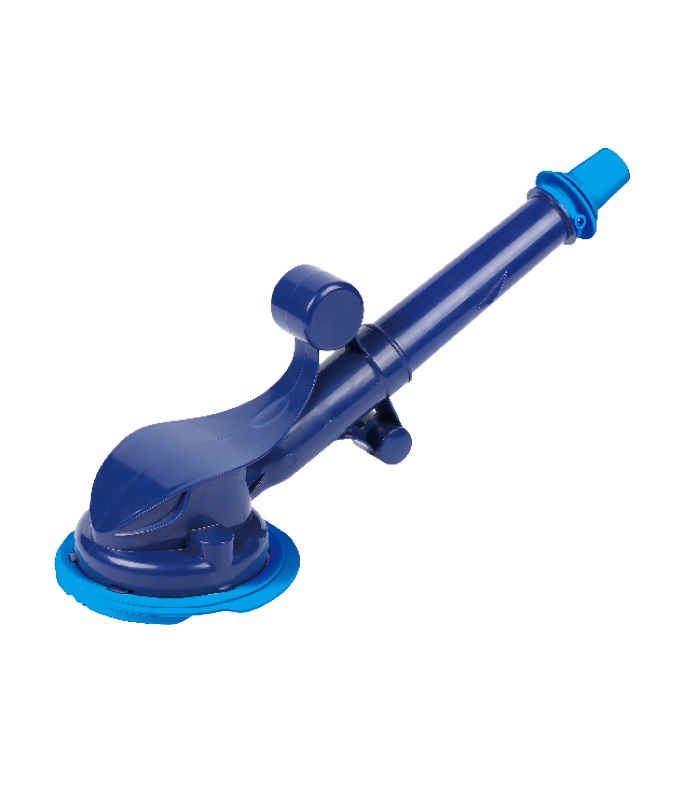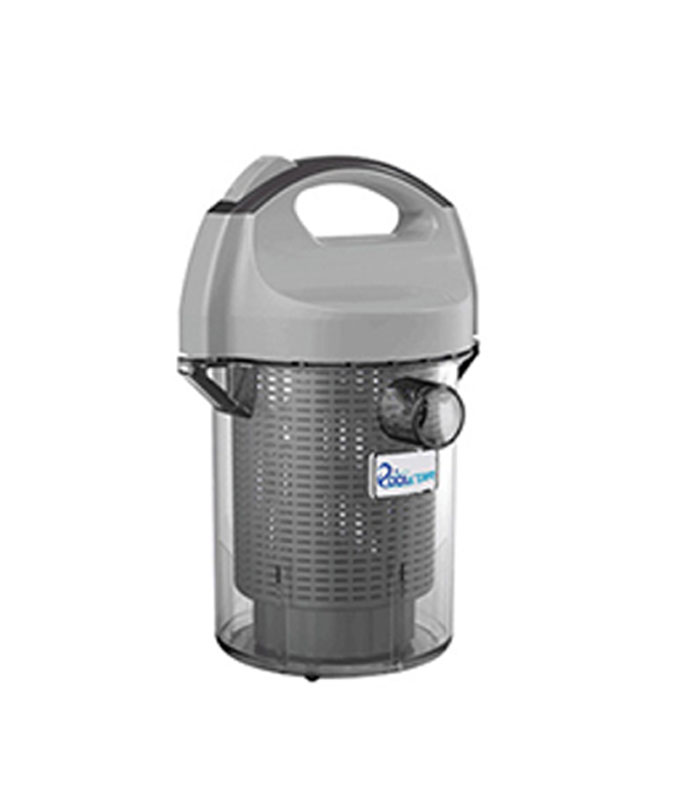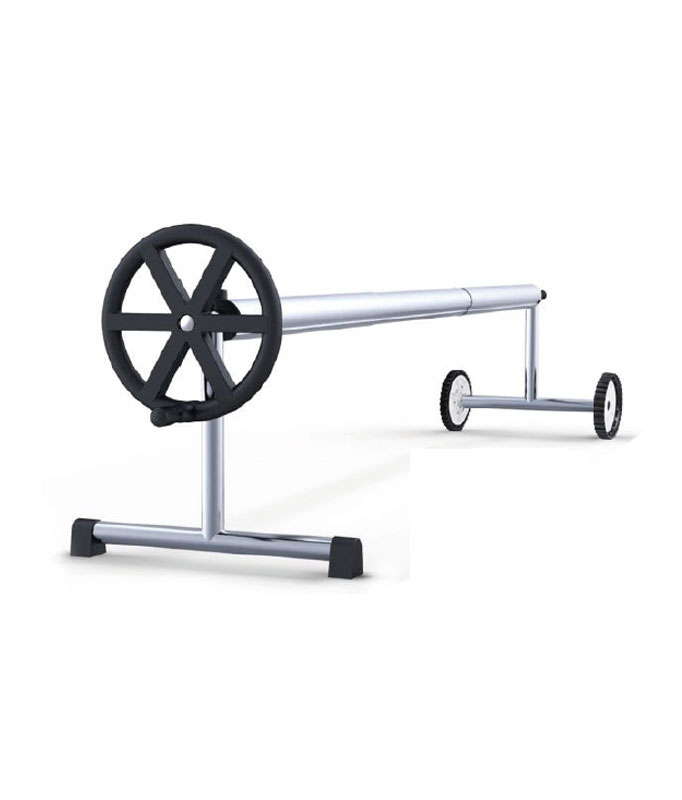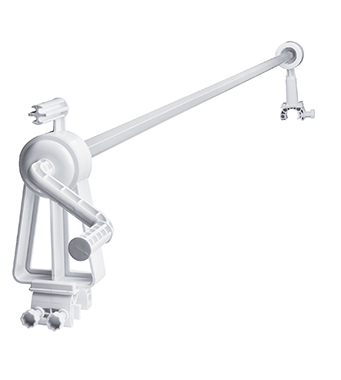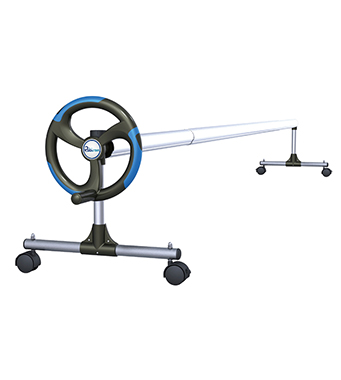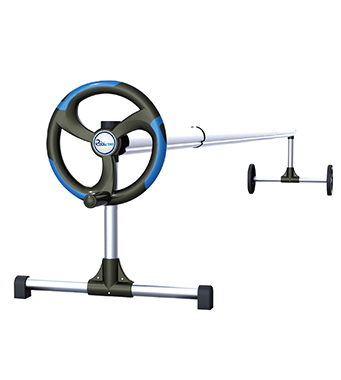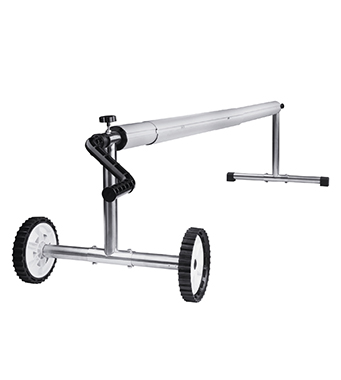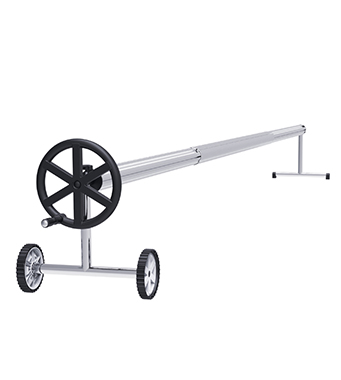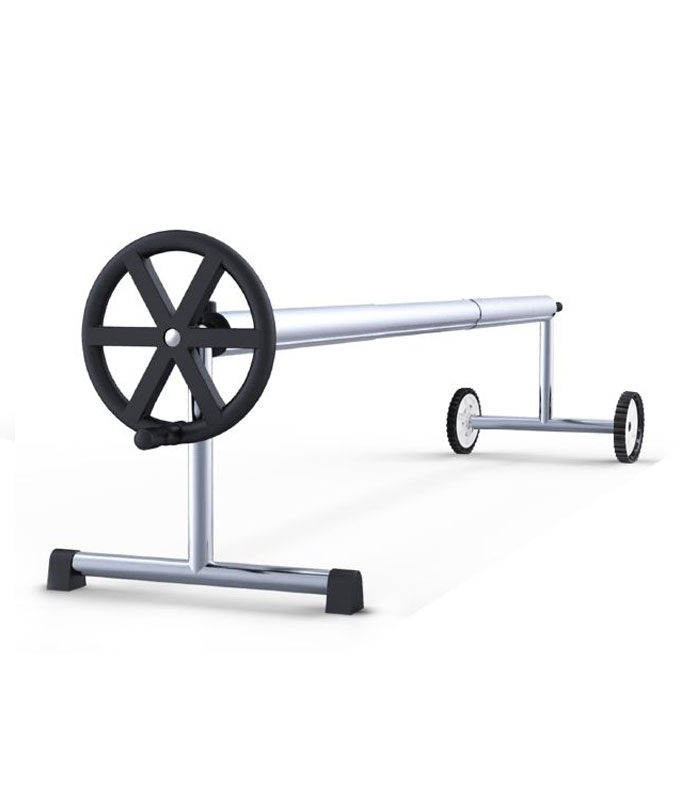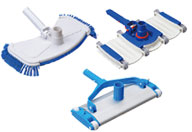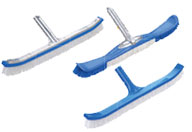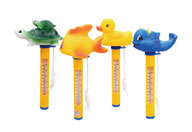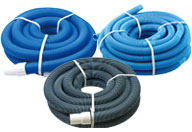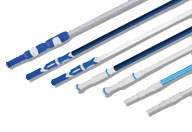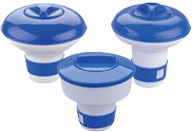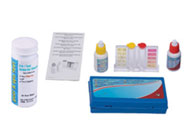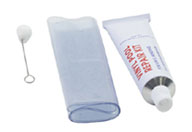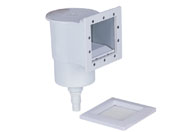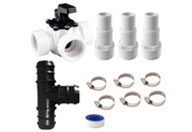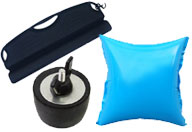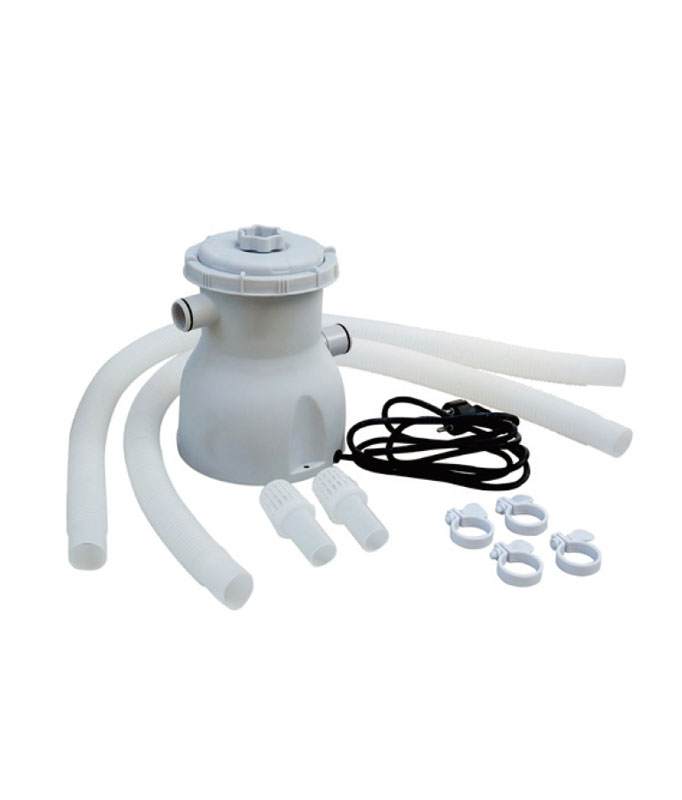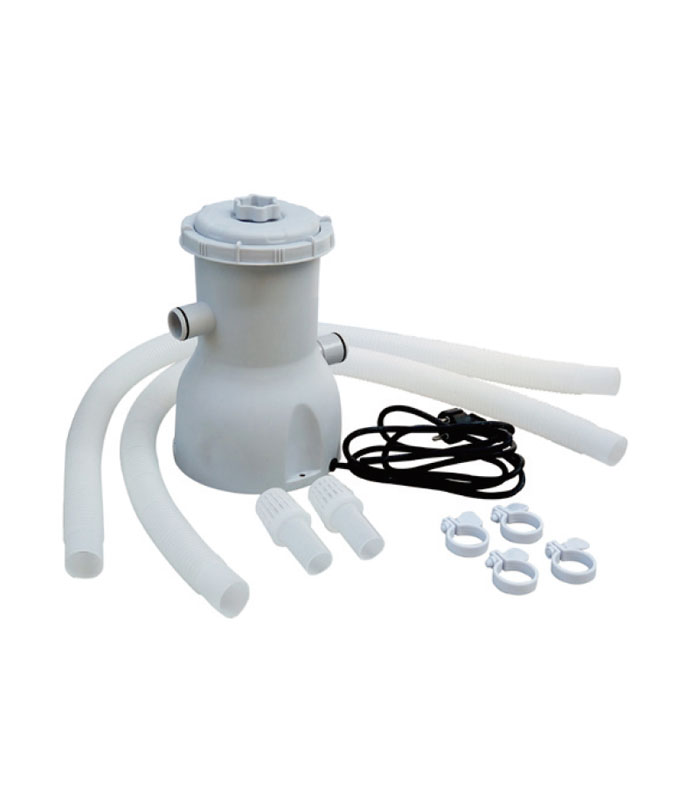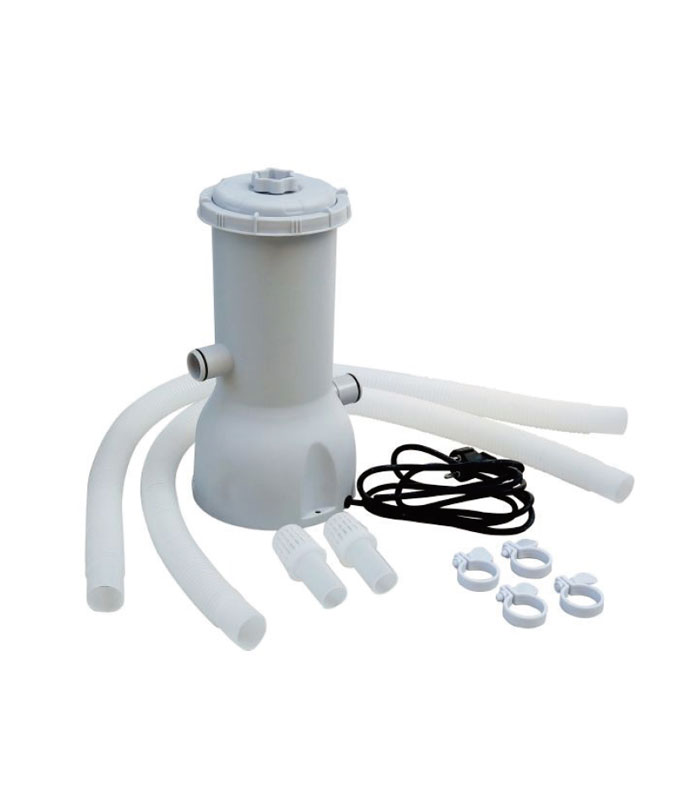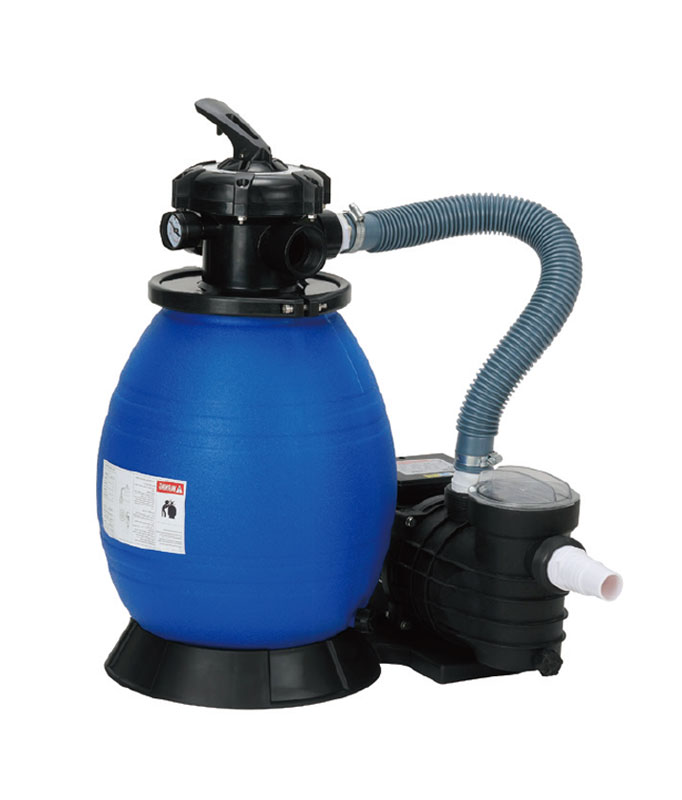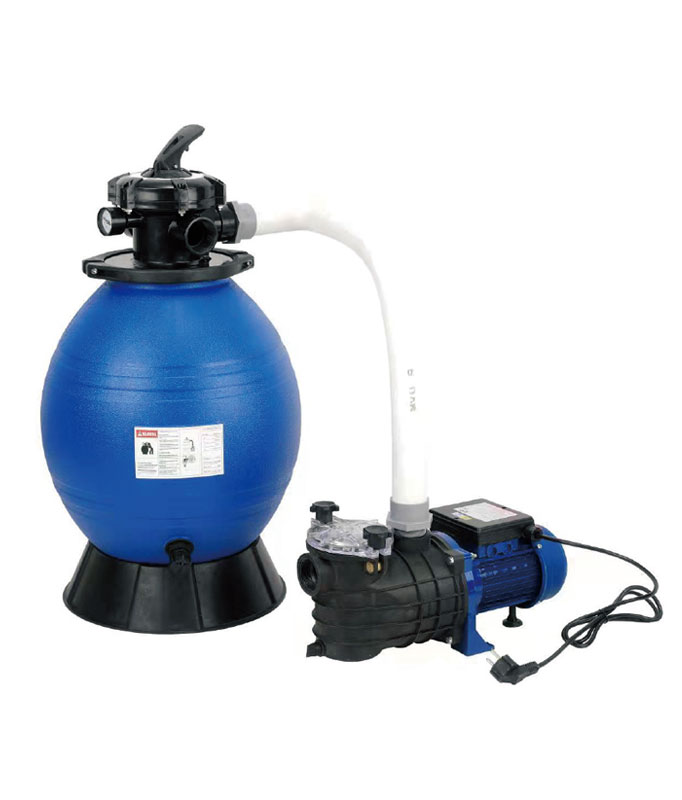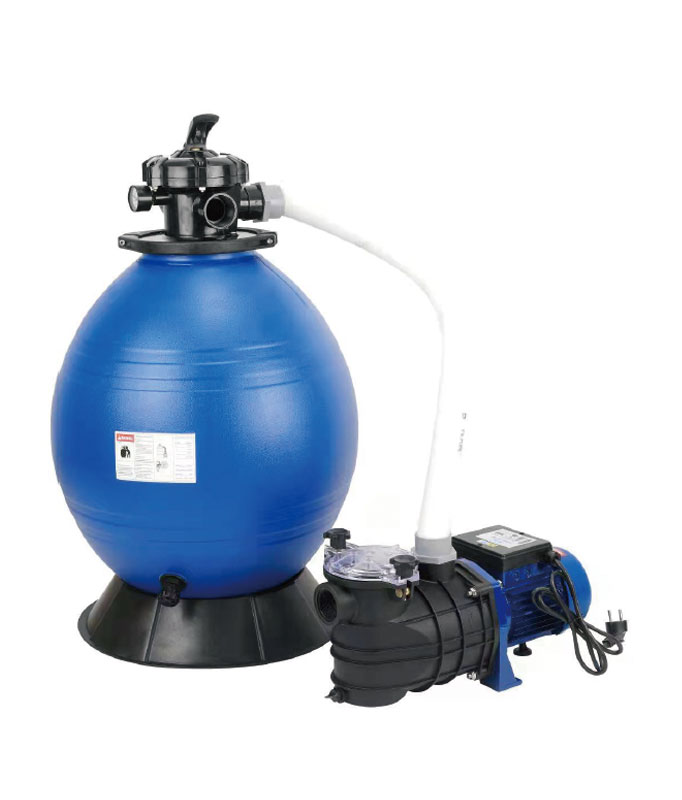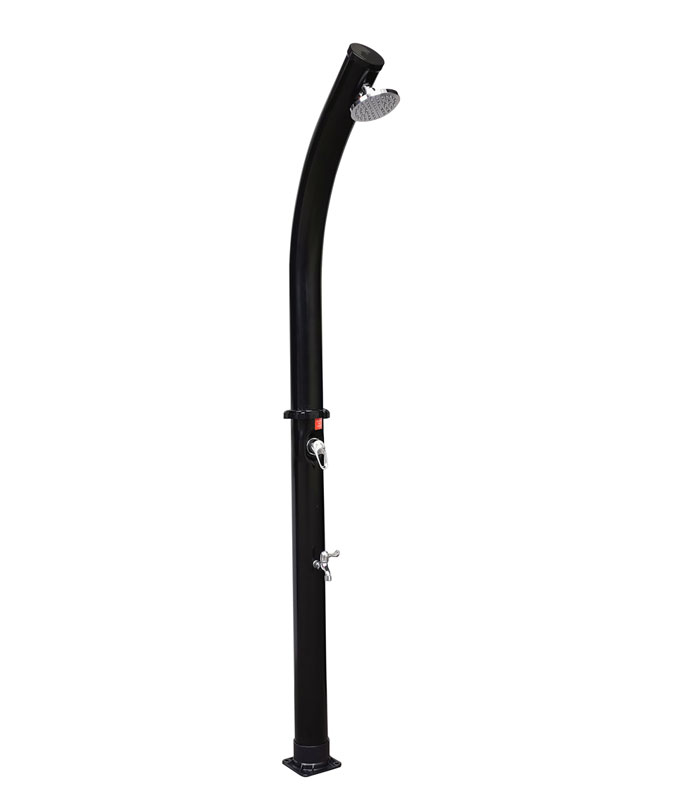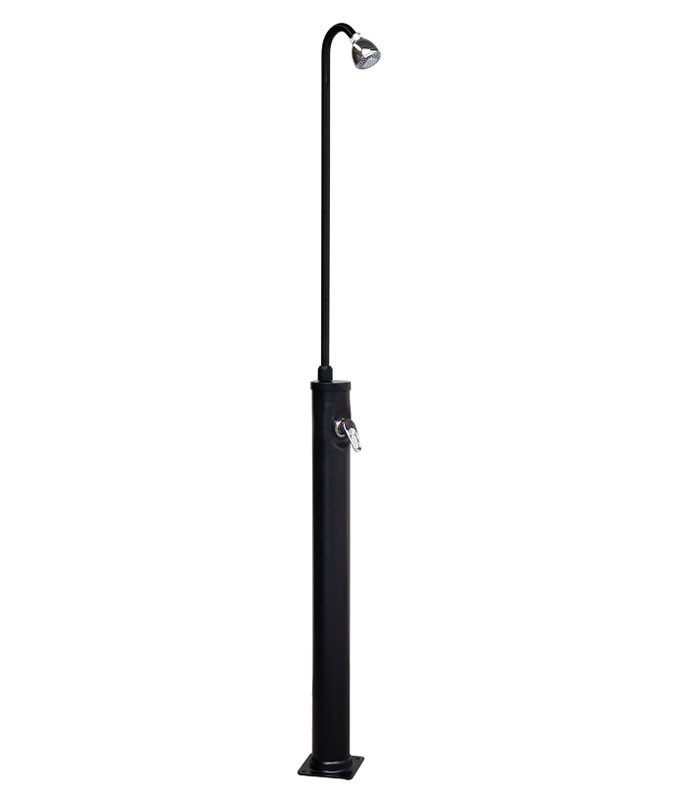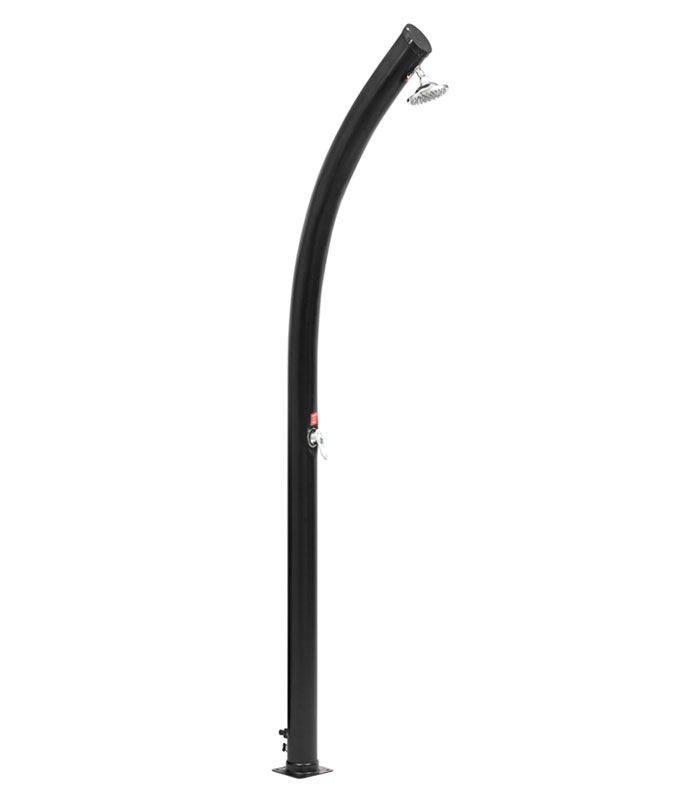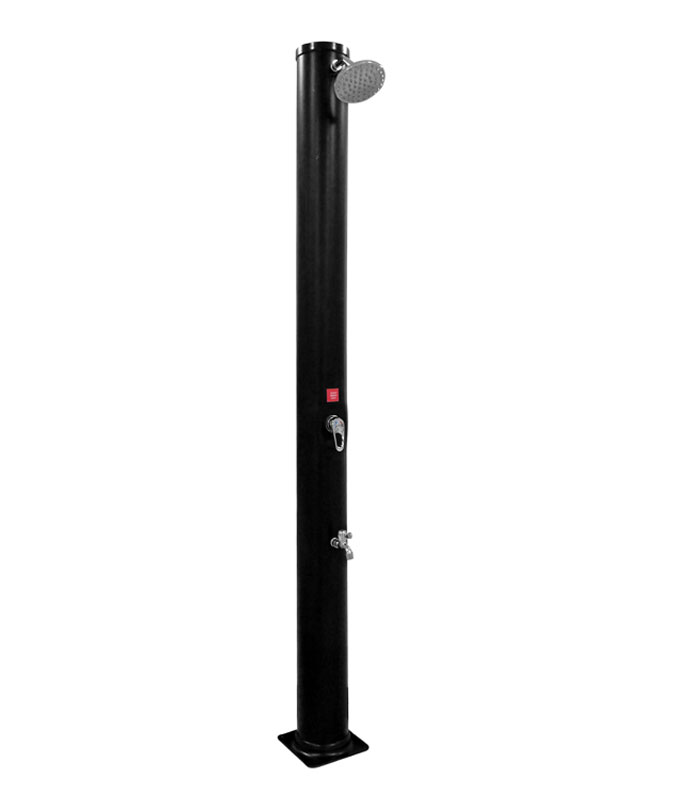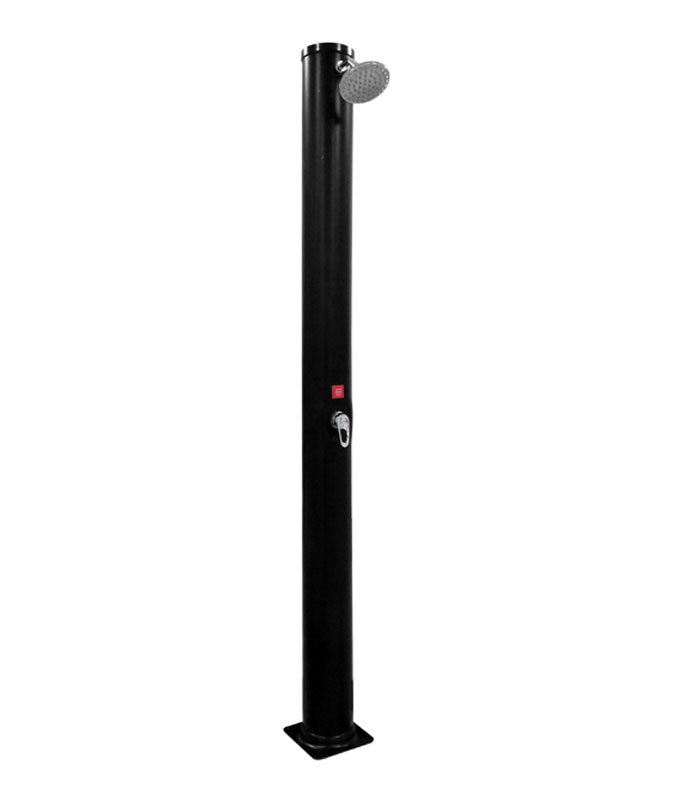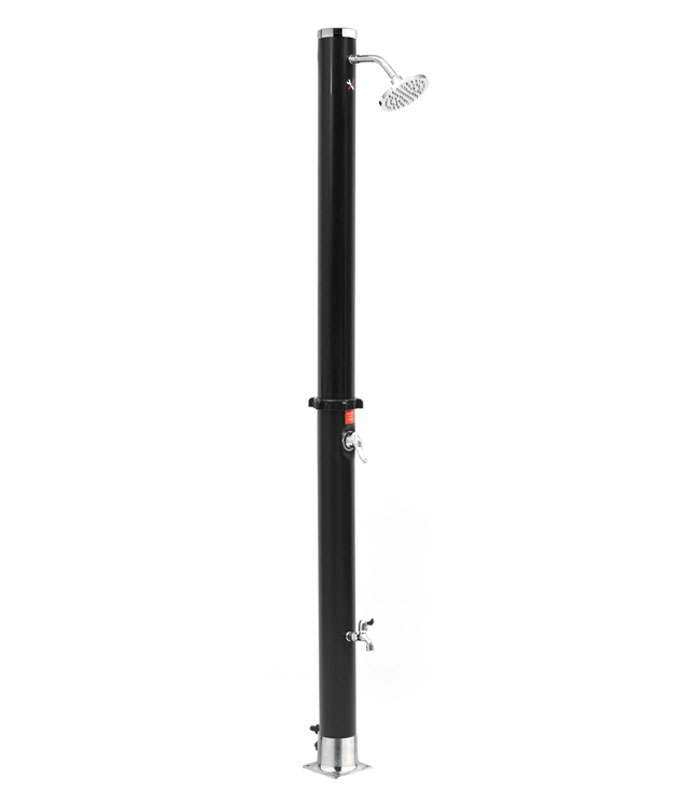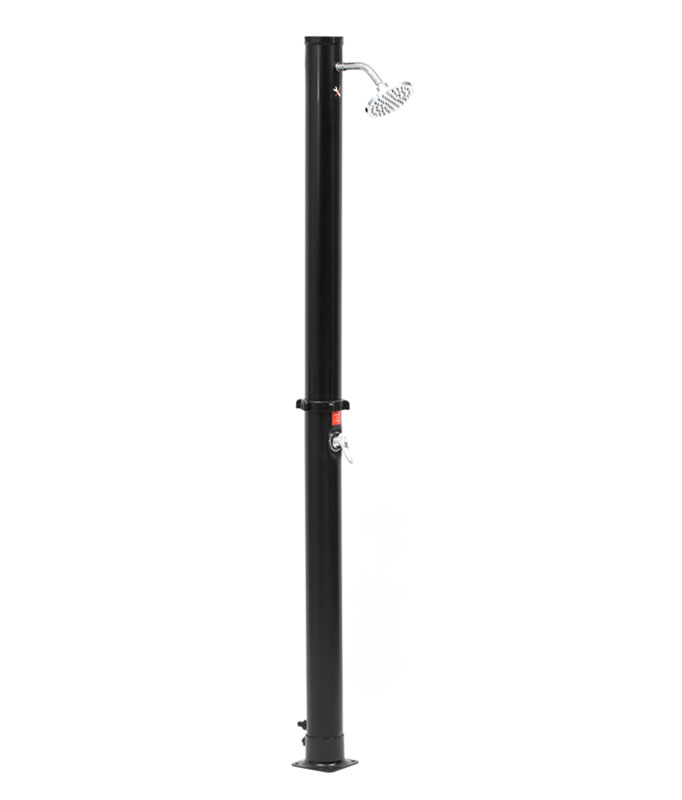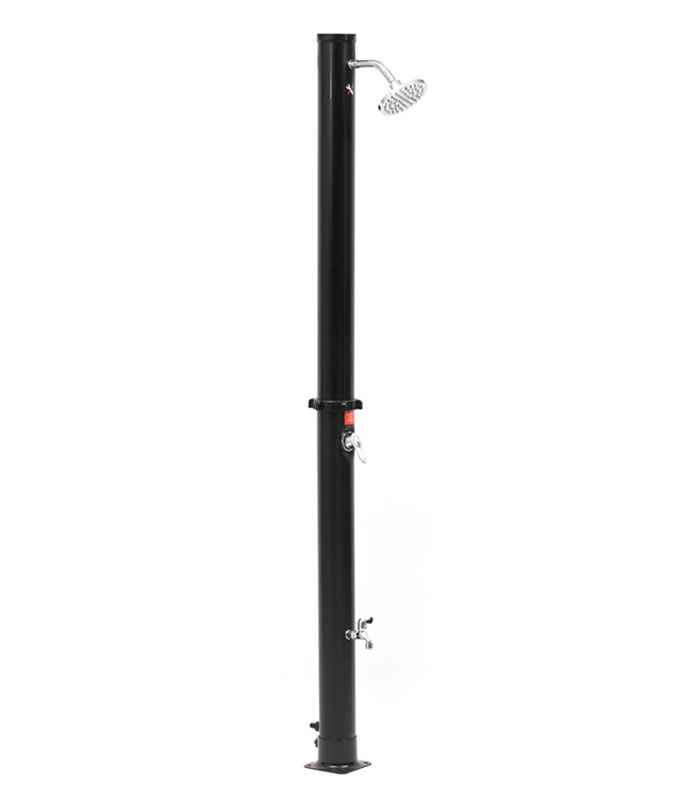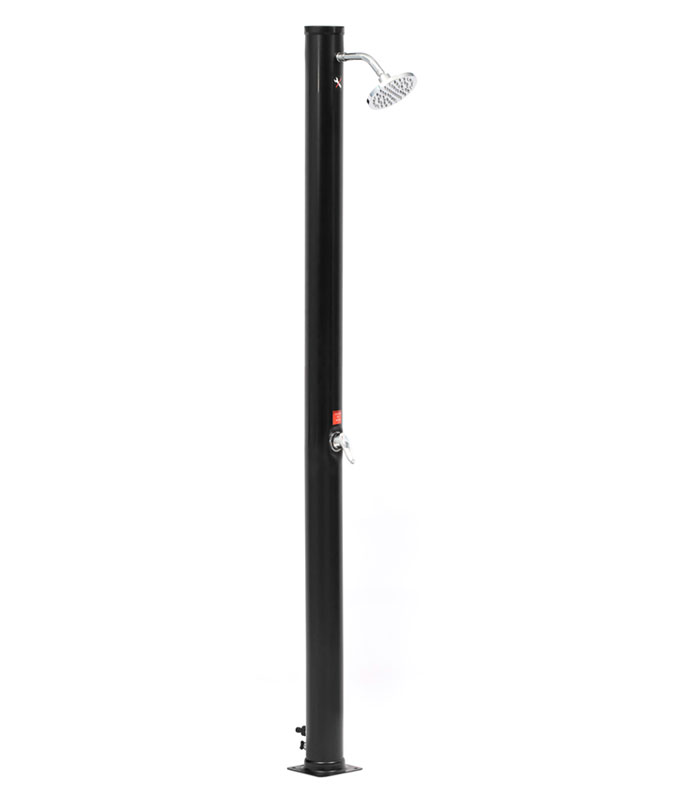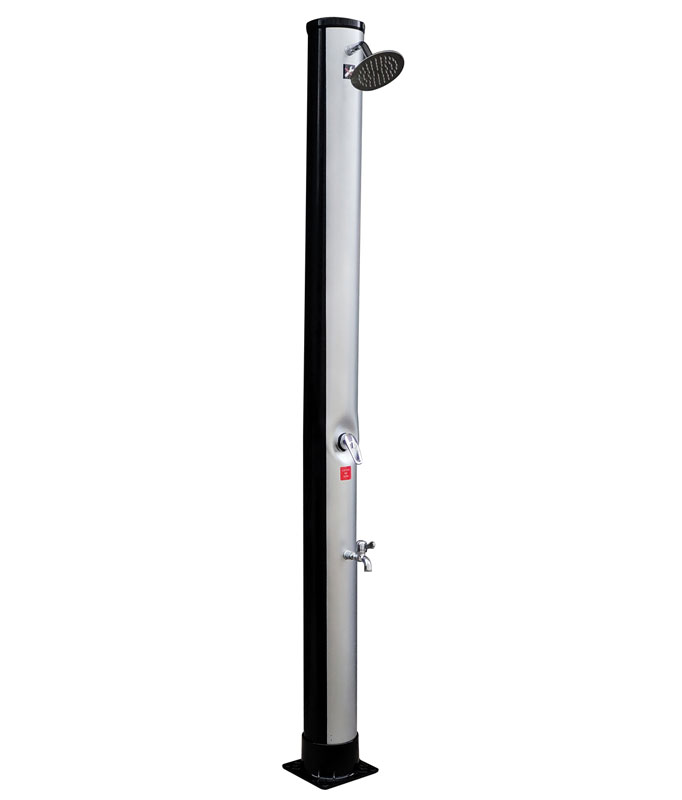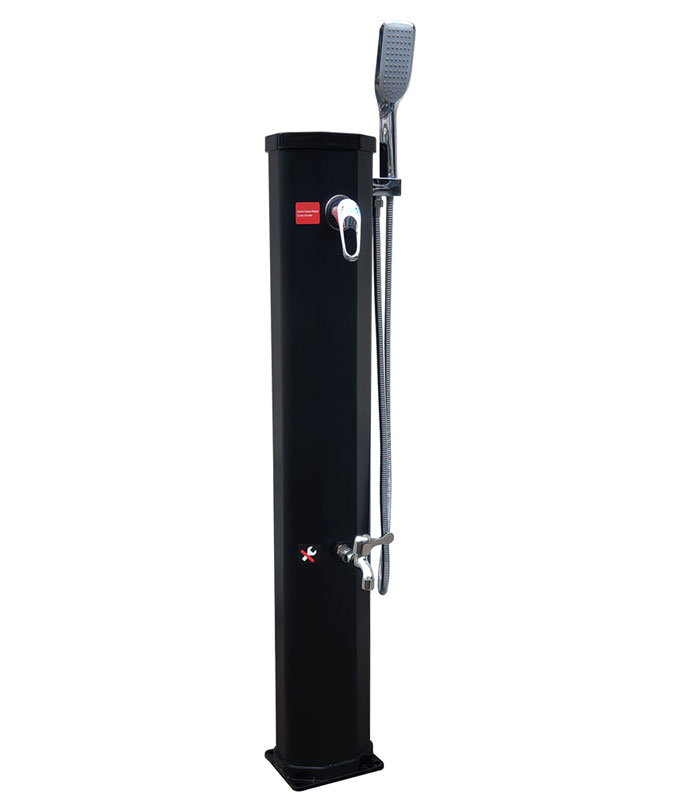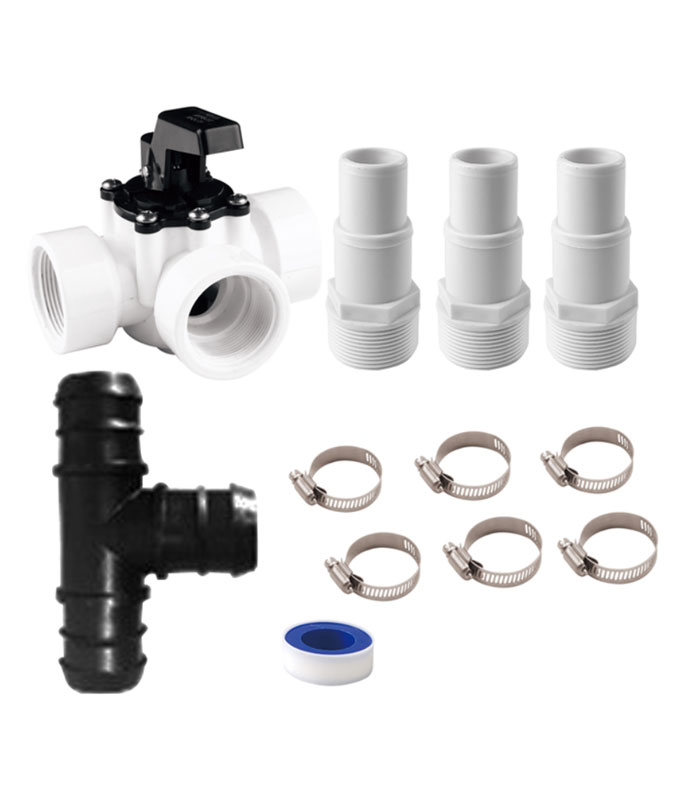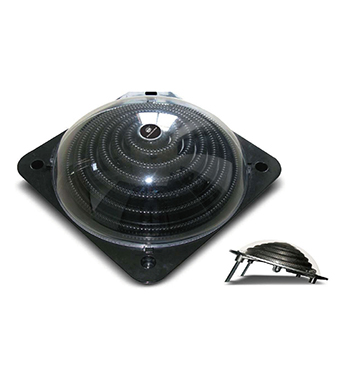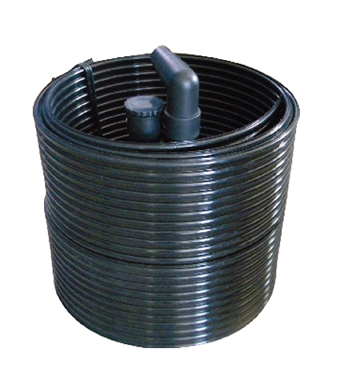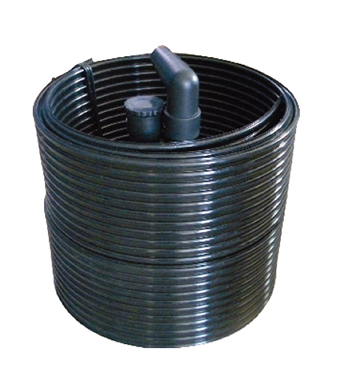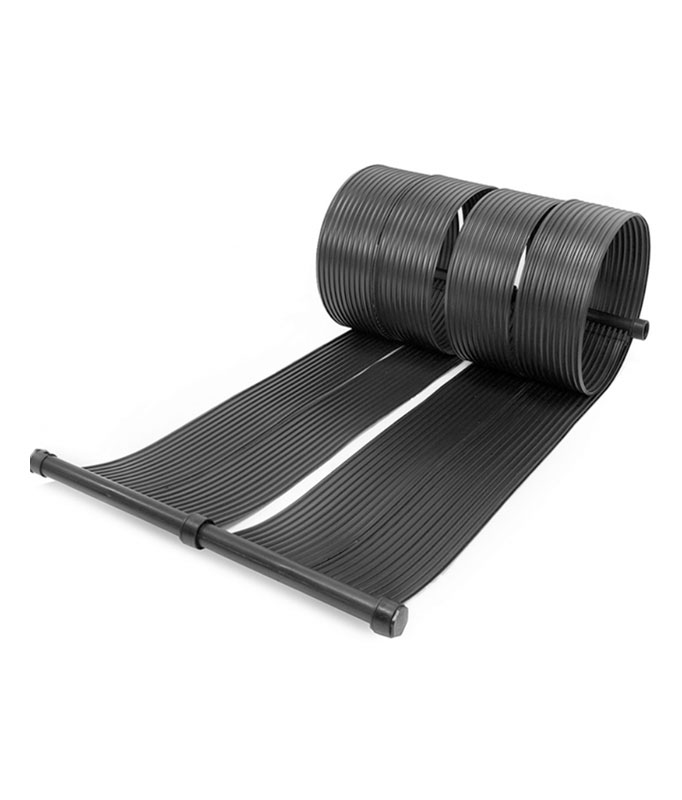A digital twin is a virtual representation of a physical system. It allows you to monitor, analyze, and predict the performance of your pool systems. By using this technology, you can identify potential issues before they occur. This approach improves efficiency, reduces maintenance costs, and ensures a cleaner pool. Tools like the Digital Twin: Virtual Pool Cleaning Simulation and Efficiency Optimization Tool make this process seamless. For example, robotic pool cleaners like the AquaJack600 (learn more at https://www.cnpoolstar.com/product/aquajack600-robotic-pool-cleaner-2.html) integrate well with digital twins to enhance pool maintenance.
Key Takeaways
- Digital twins watch pool systems in real-time. They help fix problems like low chlorine fast, keeping the pool safe and clean.
- With smart predictions, digital twins spot maintenance needs early. This stops big repairs, saves money, and avoids long pool closures.
- Digital twins cut energy use, lowering bills and helping the planet. This makes your pool eco-friendly and good for everyone.
Benefits of Digital Twins for Pool Maintenance
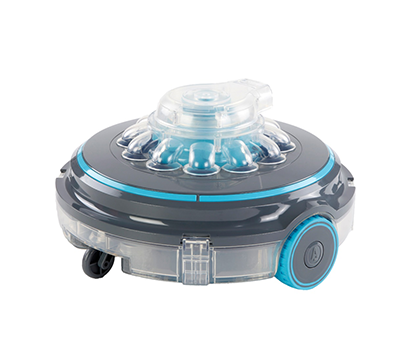
Digital twins give you the ability to monitor your pool systems in real time. Sensors collect data on water quality, temperature, and chemical levels, which the digital twin processes instantly. This allows you to see how your pool is performing at any given moment. For example, if the chlorine level drops below the recommended range, the system alerts you immediately. You can act quickly to restore balance, ensuring your pool remains safe and clean.
Tip: Use digital twins to track trends over time. This helps you identify patterns and make informed decisions about maintenance schedules.
Early detection of maintenance issues
With digital twins, you can spot problems before they become costly repairs. The system analyzes data to detect anomalies, such as unusual pressure in the filtration system or irregular pump performance. These early warnings let you address issues proactively. For instance, if the pump shows signs of wear, you can replace it before it fails completely. This saves you money and prevents downtime.
Optimizing energy and resource consumption
Digital twins help you use energy and resources more efficiently. By analyzing data, the system identifies areas where you can reduce waste. For example, it might suggest adjusting the pump speed to lower energy consumption or optimizing the heating schedule to avoid unnecessary usage. These adjustments not only save you money but also make your pool more environmentally friendly.
Note: The Digital Twin: Virtual Pool Cleaning Simulation and Efficiency Optimization Tool can simulate different scenarios to find the most efficient settings for your pool systems.
Extending the lifespan of pool systems
Regular monitoring and proactive maintenance extend the life of your pool equipment. Digital twins ensure that every component operates within its optimal range. When you address issues early and optimize performance, you reduce wear and tear on your systems. This means fewer replacements and a longer lifespan for your pool equipment.
Callout: Investing in digital twin technology is an investment in the longevity of your pool systems.
Challenges in Adopting Digital Twins for Pool Maintenance
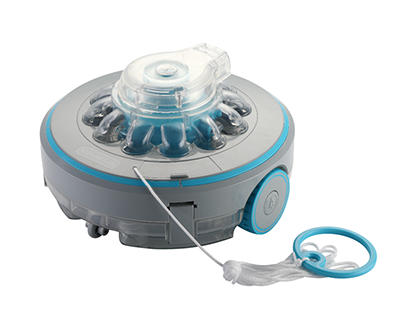
Adopting digital twins requires an upfront investment. You need to purchase sensors, software, and compatible hardware. These tools collect and process data from your pool system. The cost of these components can be significant, especially for larger pools. Additionally, you may need to hire professionals to install and configure the system.
Tip: Start small by focusing on critical components like pumps and filters. Gradually expand the system as your budget allows.
Integration with existing pool systems
Integrating digital twins with your current pool setup can be challenging. Older systems may lack compatibility with modern sensors and software. You might need to upgrade or replace outdated equipment. This process can be time-consuming and may require expert assistance.
- Checklist for integration success:
- Assess the compatibility of your existing equipment.
- Consult with a professional to identify necessary upgrades.
- Test the system thoroughly before full deployment.
Technical expertise and training requirements
Using digital twins effectively requires technical knowledge. You need to understand how to interpret data and operate the software. If you lack experience, you may need training or professional support. This can add to the overall cost and complexity of adoption.
Note: Many digital twin providers offer user-friendly interfaces and training resources. Take advantage of these to build your skills.
Ensuring data security and privacy
Digital twins rely on data collection and storage. This raises concerns about security and privacy. Unauthorized access to your system could compromise sensitive information. You must implement robust security measures to protect your data.
Callout: Use encrypted connections and strong passwords to safeguard your digital twin system. Regularly update your software to address potential vulnerabilities.
Digital Twin: Virtual Pool Cleaning Simulation and Efficiency Optimization Tool
Simulating maintenance scenarios for proactive solutions
The Digital Twin: Virtual Pool Cleaning Simulation and Efficiency Optimization Tool allows you to simulate various maintenance scenarios. By creating a virtual model of your pool system, you can test how different factors, like temperature changes or increased usage, impact performance. This helps you predict potential issues and prepare solutions in advance. For example, you can simulate how a clogged filter affects water circulation and identify the best time to clean or replace it. These proactive measures save you time and prevent costly repairs.
Tip: Use simulations to experiment with different chemical levels and find the perfect balance for your pool.
Enhancing predictive analytics with AI integration
When combined with artificial intelligence, the Digital Twin: Virtual Pool Cleaning Simulation and Efficiency Optimization Tool becomes even more powerful. AI analyzes data from your pool system and identifies patterns that might not be obvious. It can predict when equipment like pumps or heaters will need maintenance based on usage trends. This ensures you stay ahead of problems and avoid unexpected breakdowns.
Callout: AI integration helps you make smarter decisions by providing insights based on real-time data.
Testing and refining maintenance strategies virtually
The tool allows you to test and refine your maintenance strategies without affecting your actual pool. You can experiment with different cleaning schedules, chemical treatments, or energy-saving techniques in the virtual environment. This helps you find the most efficient and cost-effective approach. Once you identify the best strategy, you can apply it to your pool with confidence.
Note: Virtual testing reduces trial-and-error in real life, saving you both time and resources.
Step-by-Step Guide to Implementing Digital Twins for Pool Systems
Step 1: Evaluate pool system components and data needs
Start by assessing your pool's current setup. Identify the key components, such as pumps, filters, heaters, and chemical dispensers. Determine what data you need to monitor for effective maintenance. For example, tracking water temperature, pH levels, and pump performance can provide valuable insights.
Create a checklist of the data points you want to collect. This will help you understand the type of sensors and tools required. If your pool has unique features, like a waterfall or spa jets, include those in your evaluation.
Tip: Focus on the components that require frequent maintenance or have a history of issues. This ensures you prioritize the most critical areas.
Step 2: Choose the right digital twin software and tools
Select software that aligns with your pool's needs and your technical expertise. Look for tools that offer real-time monitoring, predictive analytics, and compatibility with your existing equipment. Many platforms, like the Digital Twin: Virtual Pool Cleaning Simulation and Efficiency Optimization Tool, provide user-friendly interfaces and advanced features.
Compare different options based on cost, functionality, and ease of use. Some software includes AI integration, which enhances predictive capabilities. If you're unsure which tool to choose, consult with a professional or read reviews from other pool owners.
Callout: Ensure the software supports updates and has a reliable customer support team for troubleshooting.
Step 3: Develop a digital twin model for the pool system
Once you have the tools, create a virtual model of your pool system. This involves mapping out each component and its functions. Use the data from your evaluation to build an accurate representation.
For instance, if your pool has a variable-speed pump, include its operating range and energy consumption in the model. The more detailed your digital twin, the better it will perform.
Note: Collaborate with a technician if you're unfamiliar with modeling software. Their expertise can save you time and ensure accuracy.
Step 4: Validate the model using real-world data
Test your digital twin by comparing its predictions with actual pool performance. Install sensors to collect real-time data and feed it into the model. Check if the virtual system accurately reflects changes in water quality, temperature, or equipment behavior.
If discrepancies arise, adjust the model to improve its accuracy. Validation is crucial for ensuring the digital twin provides reliable insights.
Tip: Run multiple tests under different conditions, such as varying weather or pool usage, to fine-tune the model.
Step 5: Deploy the digital twin for real-time monitoring
Activate your digital twin to start monitoring your pool system. Use the software to track key metrics and receive alerts for potential issues. For example, if the chlorine level drops, the system can notify you immediately.
Set up a dashboard to view all data in one place. This makes it easier to spot trends and address problems quickly. Regularly check the system to ensure it's functioning correctly.
Callout: Real-time monitoring helps you stay proactive, reducing the risk of costly repairs or downtime.
Step 6: Leverage predictive analytics for maintenance planning
Use the digital twin's predictive analytics to plan maintenance tasks. The system can analyze data trends and forecast when components need attention. For instance, it might predict when a pump is likely to fail based on its performance history.
Schedule maintenance before issues escalate. This approach minimizes disruptions and extends the lifespan of your equipment. Predictive analytics also helps you optimize resource usage, saving time and money.
Note: Combine predictive insights with regular inspections for the best results.
Step 7: Continuously update and optimize the digital twin
Keep your digital twin up to date by incorporating new data and system changes. If you upgrade your pool equipment or add new features, update the model to reflect these changes. Regularly review the system's performance and make adjustments as needed.
Optimization ensures your digital twin remains accurate and effective over time. It also allows you to take advantage of new software features or advancements in technology.
Tip: Schedule periodic reviews to evaluate the digital twin's performance and identify areas for improvement.
Long-Term Advantages of Digital Twins in Pool Maintenance

Digital twins help you save money by reducing unexpected repairs. They monitor your pool system continuously, identifying potential issues before they escalate. For example, if the system detects a pump running inefficiently, you can address it early. This proactive approach minimizes costly breakdowns and extends the life of your equipment.
Tip: Use predictive analytics to schedule maintenance during off-peak times. This reduces downtime and ensures your pool remains operational when you need it most.
Improved energy efficiency and sustainability
Digital twins optimize energy usage by analyzing your pool's performance. They recommend adjustments, such as lowering pump speeds or fine-tuning heating schedules, to reduce waste. These changes not only lower your energy bills but also make your pool more eco-friendly.
Callout: A sustainable pool system benefits both your wallet and the environment. Digital twins make it easier to achieve this balance.
Enhanced safety and user experience
Safety is a top priority for any pool owner. Digital twins monitor water quality in real time, ensuring chemical levels stay within safe ranges. They also detect equipment malfunctions that could pose risks, like a faulty heater. By addressing these issues promptly, you create a safer and more enjoyable swimming experience.
Note: Regular updates to your digital twin ensure it continues to provide accurate safety insights.
Future-proofing pool systems with advanced technology
As technology evolves, digital twins keep your pool system up to date. They integrate with new tools and features, ensuring your setup remains compatible with the latest advancements. This adaptability protects your investment and prepares your pool for future innovations.
Emoji: 🌟 Embrace digital twins to stay ahead in pool maintenance technology.
Digital twins revolutionize pool maintenance by offering real-time monitoring, predictive analytics, and cost-saving solutions. Predictive maintenance ensures you avoid expensive repairs and downtime. Adopting this technology improves efficiency and extends equipment lifespan.
Tip: Start small and expand your system gradually. Embrace digital twins to simplify maintenance and enhance your pool experience.
FAQ
What is the main purpose of a digital twin in pool maintenance?
A digital twin helps you monitor, analyze, and predict your pool system's performance. It ensures proactive maintenance and reduces unexpected issues.
Do I need technical expertise to use a digital twin?
Basic knowledge is helpful, but many tools offer user-friendly interfaces. Training resources from providers can guide you through setup and usage.
How often should I update my digital twin?
You should update it whenever you upgrade equipment or notice performance changes. Regular updates ensure accuracy and optimal functionality.

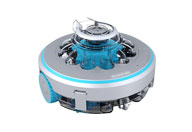 Robotic Pool Cleaner
Robotic Pool Cleaner 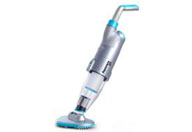 Portable Pool Vacuum Cleaner
Portable Pool Vacuum Cleaner 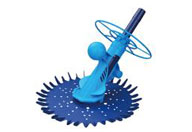 Automatic Pool Cleaner
Automatic Pool Cleaner 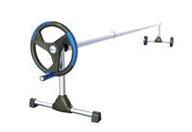 Pool Cover Reel
Pool Cover Reel 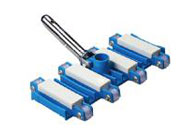 Pool Cleaning Accessories
Pool Cleaning Accessories 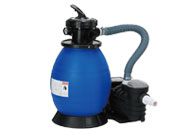 Pool Filter Pump
Pool Filter Pump 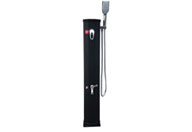 Pool Solar Shower
Pool Solar Shower 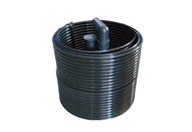 Pool Solar Collector
Pool Solar Collector 